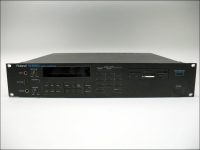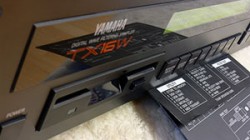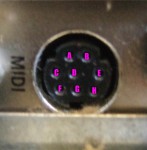Roland Sample CD Collection

Numerous CDs for Roland Sxx series music samplers: EastWest – Smoov Grooves Sxx EastWest – Scoring Tools Sxx Edirol – Brass Section, Vol. 1 – Solos Edirol – Brass Section, Vol. 2 – Pop and FX Edirol – Club50 Foundation Ilio – Trace Fusion Optical Media – Sonic Images Library … Continue reading







